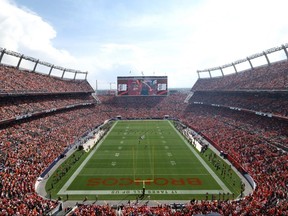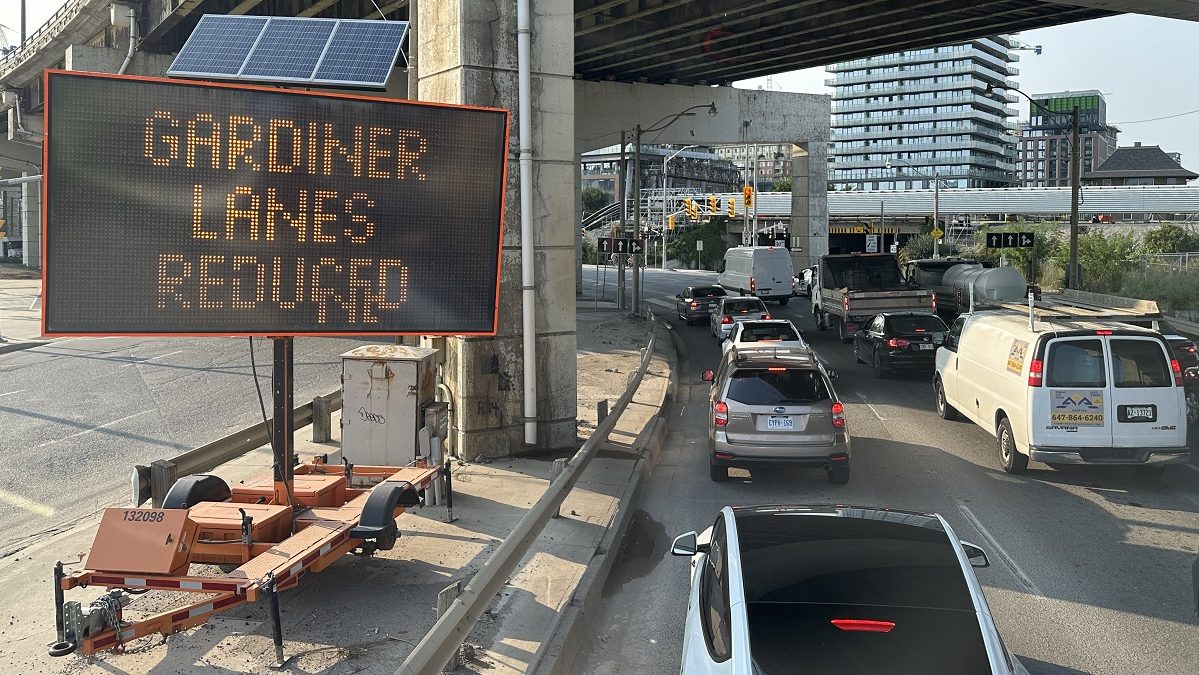Travel
New tools to reduce congestion in Toronto include construction levy, increased fines for traffic violations

The City of Toronto has identified a handful of new tools it hopes it can use to reduce gridlock in Canada’s largest urban centre, including expanding its use of automated enforcement, increasing fines for drivers, and implementing financial penalties for developers and utility companies that block lanes of traffic for extended periods.
Some of these strategies, outlined by city staff in a report released this week, still require approval from city council and the provincial government.
City staff say they are proposing a construction congestion management levy for construction work that obstructs roadways and sidewalks. According to city staff, developers and companies would be charged fees based on location and the impact on traffic in the area. They would be charged daily and could face escalating fees depending on the duration of the work.
“The impact of that street closure is costing the economy billions of dollars,” Chow told reporters during a briefing at city hall on Friday.
She said companies need “incentives” to speed up the work and cause fewer disruptions to traffic.
“Do it faster,” she said.
For people who park illegally to quickly grab a coffee from their local coffee shop, the city plans to increase the fine for stopping and standing illegally during weekday rush hour periods from $190 to $300.
The city also recently announced that drivers who block intersections will now face a fine of $450, up from just $85.
The city plans to continue to utilize traffic agents in key areas of Toronto to help manage traffic flow and stop drivers from breaking the law.
Traffic agents installed at some of Toronto’s busiest intersections have been credited for eliminating instances of vehicles blocking intersections 96 per cent of the time, the city said in a news release earlier this month. According to the city, this has reduced travel times and decreased the risk of collisions or near misses between vehicles, cyclists and pedestrians.
To enhance their ability to catch drivers who break the rules, city staff wants to temporarily deploy cameras at fixed locations or on TTC buses to capture images of traffic violations. The pilot would be used for “exploring the potential for new automated enforcement technologies.” Some automated enforcement methods are already in practice in Toronto with the use of red light and speed cameras.
The city is also looking to artificial intelligence to help solve some of its traffic woes. Traffic simulation modelling, staff said, would create a digital twin of the city, allowing officials to view traffic in real time and implement various scenarios that could help with mitigating congestion. The technology, staff said, could also help determine how much to charge for the construction congestion management levy.
To help better communicate where construction and congestion are occurring, the city said it will soon be launching a new congestion management dashboard.
The dashboard, the city says, will give members of the public a better idea of where the road closures are and how to better plan their route.








